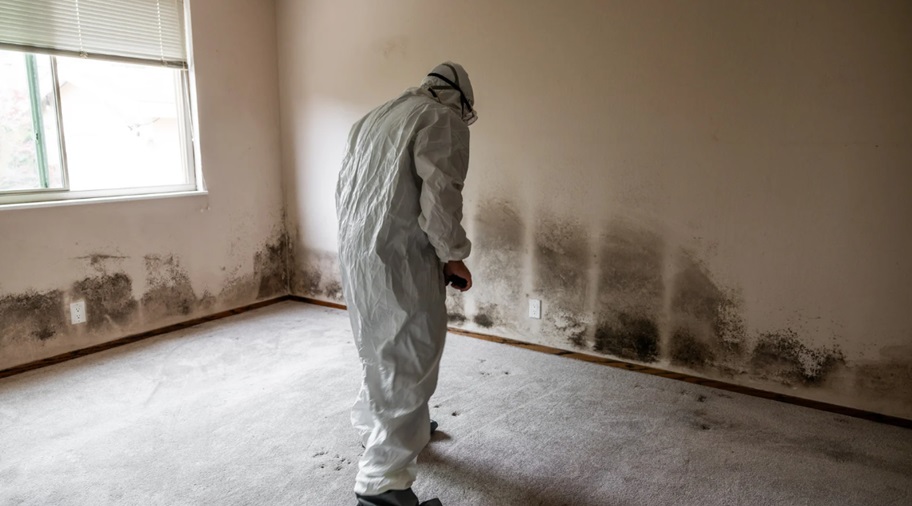The Key Steps in a Professional Commercial Mold Inspection
Mold can pose significant threats to commercial properties, from structural damage to serious health concerns for occupants. For building owners, managers, and investors, conducting a mold inspection is not just about compliance—it’s about maintaining safety, value, and operational continuity. A professional inspection ensures that any presence of mold is accurately detected and addressed before it becomes a costly issue.
Those seeking reliable commercial mold inspection in Atlanta services are typically focused on risk mitigation and long-term property health. Whether preparing for a sale, addressing tenant complaints, or following a water event, knowing what a thorough inspection entails is essential.
Step 1: Visual Assessment
A mold inspection starts with a comprehensive visual evaluation of the property. Inspectors assess areas most vulnerable to moisture, such as HVAC systems, basements, crawl spaces, and ceilings, looking for discoloration, warping, or musty odors. This initial walkthrough helps determine where more detailed testing is necessary.
Step 2: Moisture Mapping and Leak Detection
Mold needs moisture to grow, which is why identifying the source of dampness is a priority. Inspectors use tools like thermal imaging and moisture meters to locate hidden leaks behind walls or under flooring. These tools reveal what can’t be seen with the naked eye and ensure the full scope of the problem is understood.
Step 3: Air and Surface Sampling
To accurately detect and quantify mold presence, inspectors often collect air and surface samples. These are sent to accredited laboratories for analysis. Air sampling helps identify airborne spores that could affect indoor air quality, while surface swabs reveal mold growing on building materials that might not yet be visible.
Step 4: Documentation and Reporting
After the data is collected and analyzed, inspectors compile a detailed report outlining their findings. This includes photos, lab results, identified moisture sources, and recommended remediation actions. This report becomes an important document, especially when inspections are performed before buying or selling a commercial property, where proof of due diligence is vital.
Step 5: Recommendations and Follow-Up
Inspection professionals don’t just diagnose—they advise. Based on the severity and location of the mold, they provide clear guidance on remediation steps. This may include professional mold removal, improvements to ventilation, or water damage repair. They may also suggest preventative measures to avoid recurrence.
The Importance of Timing
The timing of a mold inspection can significantly influence outcomes. Conducting an inspection soon after water damage helps prevent mold from spreading and becoming embedded in the structure. Quick identification allows for faster containment and reduced repair costs. Waiting too long, on the other hand, can result in extensive remediation and potential liability issues if tenants or employees are affected.
Conclusion
A professional mold inspection is a vital step in safeguarding commercial properties. By combining visual evaluations, moisture detection, lab testing, and thorough reporting, these inspections uncover hidden threats and guide effective action. Those considering a commercial mold inspection in atlanta will benefit from understanding each step of the process and acting quickly, especially in high-risk or post-damage scenarios.
Whether driven by property transactions, tenant health, or building integrity, inspections help protect both investments and people with insights into why early mold inspections matter after water damage and the importance of preventive detention, commercial property owners can make informed decisions that lead to cleaner, safer, and more resilient environments.


